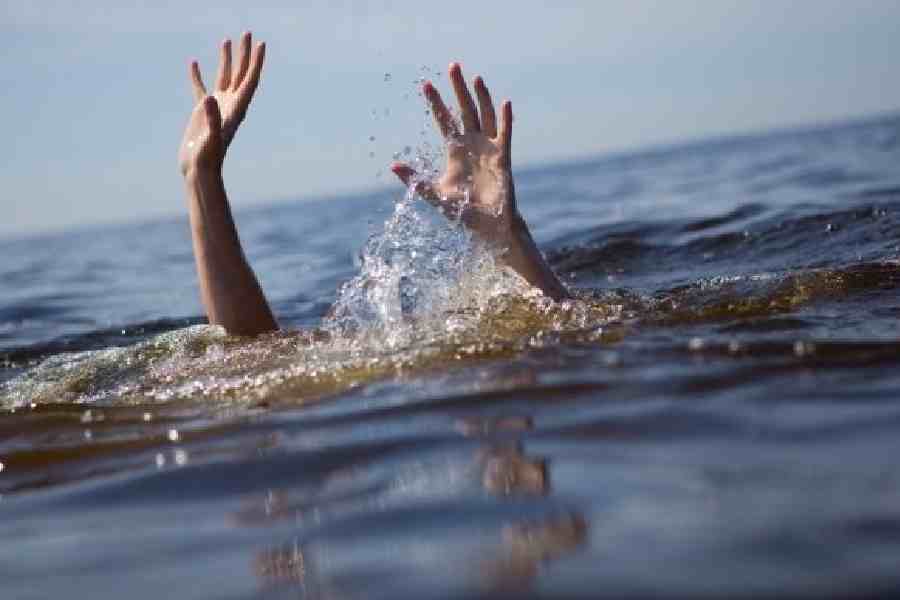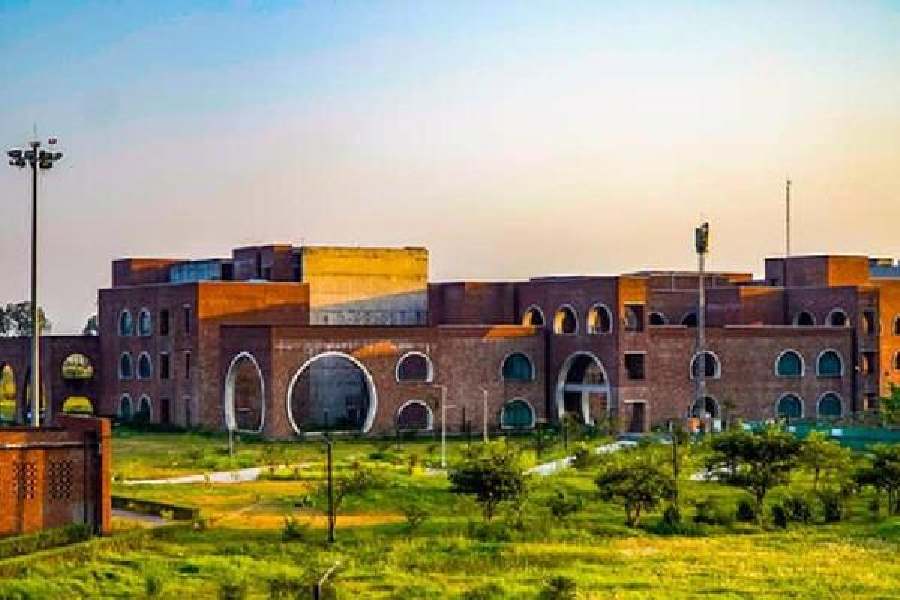A very unusual but illuminating finding has provided a horrifying glimpse of drowning deaths in West Bengal. According to The George Institute for Global Health, 25 lives are lost every single day in the state due to drowning, amounting to 9,000 such fatalities per year. Further, Bengal’s drowning death rate — 9.17 per 1,00,000 — is more than double the national average of 3.86 per 1,00,000; the latter figure has been provided by the Global Burden of Disease study estimates. Worse, this may well be the tip of the proverbial iceberg. For instance, the GIGH research, which surveyed 18 million people in Bengal, found that families had reported only 18% of the deaths, raising the possibility of a large number of such demises eluding the official acknowledgement and data. Global figures are suggestive in this context. According to the World Health Organization’s 2024 statement, out of the 3,00,000 deaths recorded due to drowning each year globally, 92% took place in low- and middle-income countries such as India. A profile of the victims reveals further points of convergence. Children aged between one and nine account for 45% of drowning deaths in Bengal, while those aged under five account for nearly a quarter of all drowning deaths globally. The factors responsible for such tragedies are revealing. The GIGH survey found that 86% of the recorded deaths occurred in rural Bengal. This seems logical since Bengal has the highest number of water bodies in India and nearly 40,000 square kilometres of flood-prone area. Another important reason is the paucity of training in post-drowning care: in Bengal, only 10% of the victims were given cardiopulmonary resuscitation.
Drowning is a preventable occurrence, but the depth of the crisis has received scant attention from the government. For instance, the regulations pertaining to the fencing of swimming pools in India are inadequate and restricted to two states. This is indeed imprudent since research shows that more than lakes, rivers and oceans, young people are more likely to die of drowning in canals, dams, swimming pools, water pits, tanks, and wells. The government should step up and implement safety norms, depute greater personnel, and provide mandatory training to attendants in rescue methods. But it is impossible for the State to monitor every water body — natural or man-made. The active supervision of children near water is of pivotal importance. This merits greater awareness and investment in awareness and training on the part of families.










